All on




Up to 70% Savings
on Your Dental Crowns
Premium Materials &
High-End Emax Finish
Over 98% Patient Satisfaction
with Body Expert


Save up to 70%
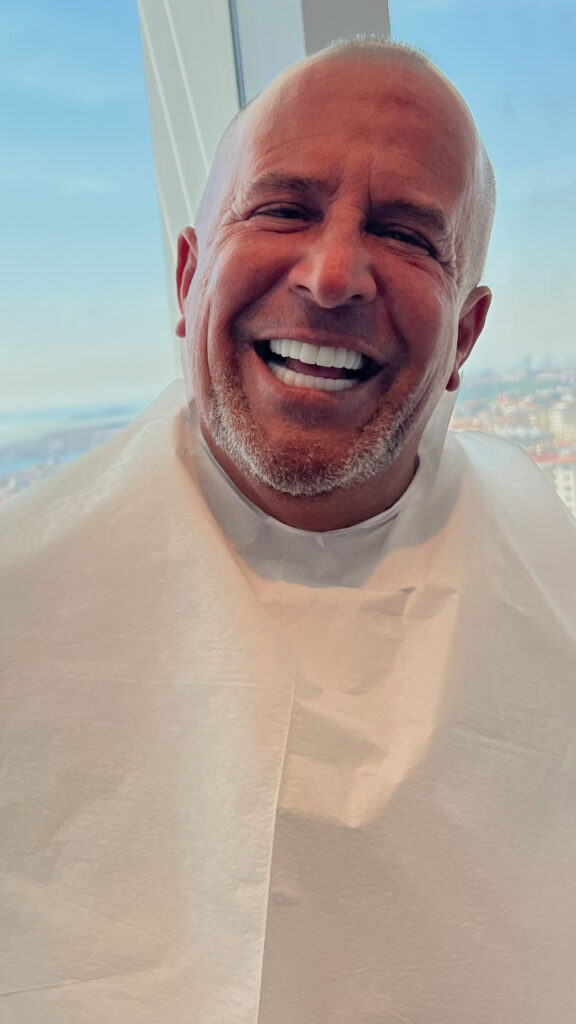
Dental Crowns
in Turkey

Dental Crowns
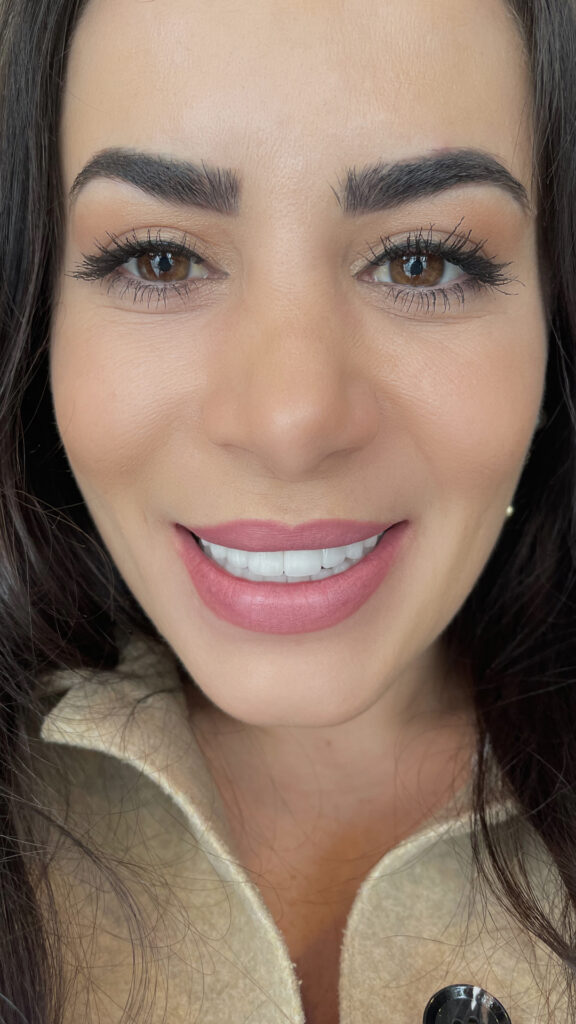
Dental Crowns

Dental Crowns
and Gummy Smile
in Turkey
70% Cheaper Than the UK, the US, Canada and Ireland
Zirconium crowns with Emax finish.
Ranked #1 in Turkey’s Medical Tourism
Fluent English Care & Rigorous Long Term Follow-Up

Looking at the back of your mouth is not very pleasant : most of us, especially after 40, can find one or even several weakened, damaged, worn, chipped or deeply decayed molars, sometimes devitalized, because of an undergone root canal. Your oral health is vital, it is time to protect it well. A sick tooth can damage other teeth, a bit like a virus that spreads slowly but surely. It can break off in small pieces, which can lead to its complete removal.
To preserve the tooth, but also to limit the damage and protect the entire dental structure, your dentist may prescribe a dental crown. The crown, an artificial dental prosthesis with a natural tooth structure perfectly adapted to the mouth, will be fixed on the damaged tooth, to cover it like a protective shell.
The dental crown generally refers to a prosthetic device that perfectly reconstructs the tooth in order to ensure its function, shape and aesthetics. It can be made on living or devitalized teeth. It can be glued to the original tooth, mounted on a pin inserted in the original tooth, or can reconstitute a whole tooth, mounted on a dental implant aimed in the jawbone.
A dental crown is used to rebuild or restore worn or damaged, devitalized or broken teeth. It is also recommended when a tooth is too deeply decayed, filled with a large amount of filling and when its healthy structure is too fragile and insufficient to consider a classic conservative treatment (in composite resin, inlay or amalgam). It can also be used to restore a discoloured tooth, and thus even out the colour of your smile. If the discoloration is only partial and concerns visible teeth, a veneer, mounted on the front of the tooth, may be preferred to a crown. Finally, a crown allows you to regain better oral health, strong chewing, and a more beautiful smile. And a crown can be placed without risk at any age, whether teenagers or seniors.
In extreme cases of severely damaged teeth, but when the patient reveals a dental or bone condition that is incompatible with the placement of implants (insufficient bone, certain mucosal diseases, severe bruxism, periodontal diseases…), he or she may be prescribed the creation of several crowns, mounted together on a dental bridge.
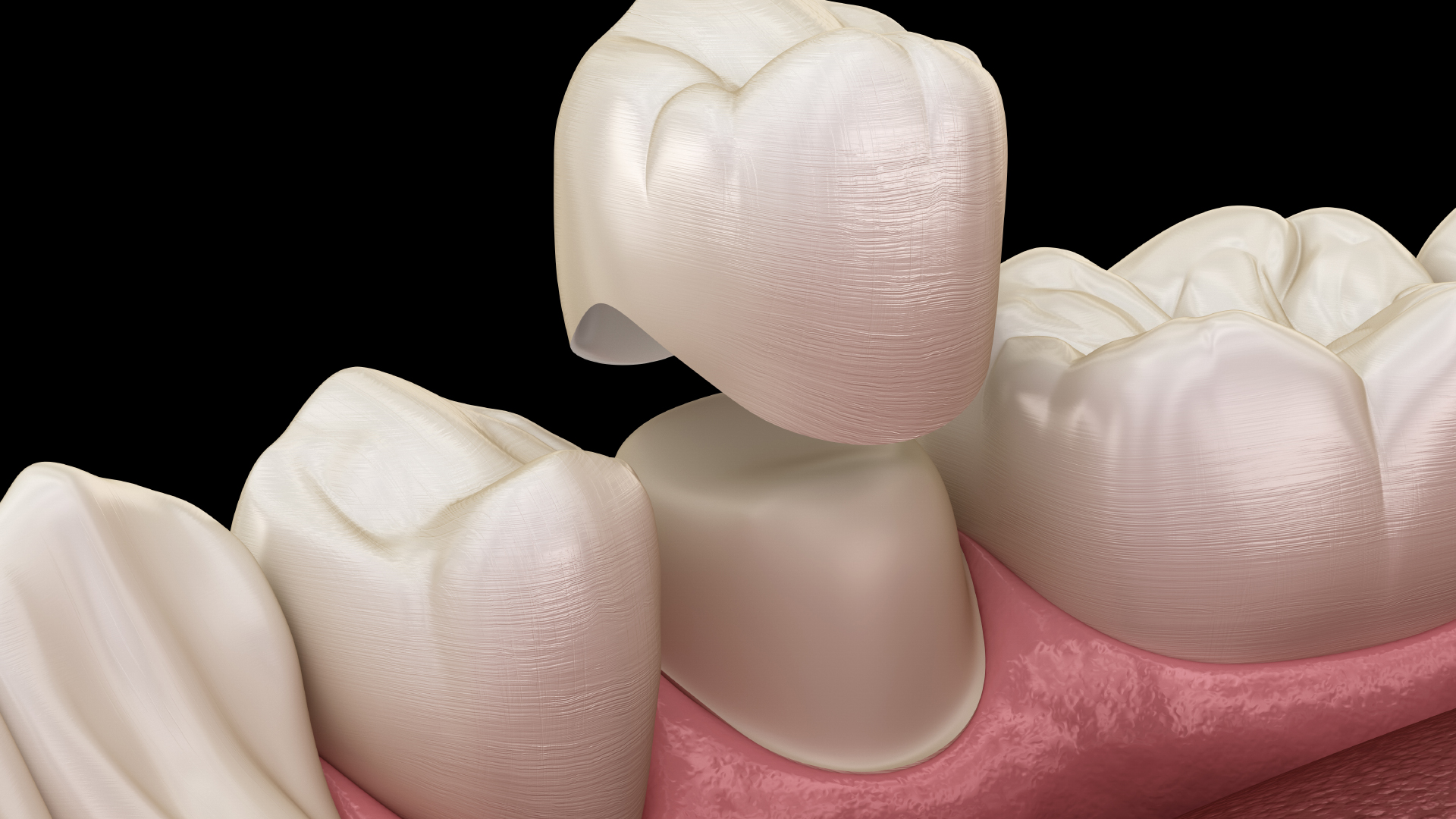
In order for a crown to be firmly anchored in the jaw and to take on all its vital functions, it needs a healthy base, or it must be present in sufficient volume. When the tooth itself is too broken, worn or decayed, an intermediate piece, called an inlay-core, will be fixed on the remaining tooth. If the tooth is devitalized, its root must still be strong enough to anchor a post (or inlay-core) that will be inserted and support the crown. If the root is not healthy or large enough, it will have to be extracted to make room for an implant or a dental bridge, on which the crown will then be placed.
In case of severe bruxism (grinding or clenching of the teeth), a crown can damage or break, depending on the material used, or damage healthy teeth, if the crowns are made of a material that is stronger than enamel.
The price of dental crowns remains high, and only a small part of dental crown cost is covered by National Health systems. A good complementary health insurance is needed to cover the rest of the costs, and only if the patient agrees to have the cheapest crowns, especially metal ones, since they are not considered as “visible”.
In the UK, in the US or in the Netherlands, a metal crown can cost from 500€ to 800$, or 500£ to 800 £, depending on the material chosen. For a ceramic crown, the best option in terms of solidity and aesthetics, the price can reach 1000£ or 1200 $ per unit, especially those made of zirconium or Emax, considered the best currently available on the market. When only one dental crown is needed, it is still affordable. But if several crowns are necessary, the bill quickly climbs. And the option of a dental trip can then be considered, allowing to lower the bill by 60 to 80%, without sacrificing quality or aesthetics. All this, in a much shorter time frame.
| Type of crown | Prices in Turkey | Prices in USA | Prices in UK | Prices in Switzerland |
| Zirconia Crown | 250-400€ | $800 to $1,700 | £600 to £800 | 1100 CHF to 2000 CHF |
| Emax crown | 300-450€ | $1,000 to $2,000 | £800 to £1000 | 1600 CHF to 2500 CHF |
At Bodyexpert: 100% Zirconia crown with Emax finish (7 coats by hand) € 250
When it comes to having several teeth replaced, dental tourism is a natural solution, since it often allows you to save at least 40 to 60% on your final dental bill, especially in Hungary or Spain. On the other hand, by choosing Turkey, and particularly Istanbul, its cultural and economic capital, the price difference can reach 80%, while choosing the best possible materials for your teeth. In addition to the excellent quality/price ratio of the crowns themselves, there is the quality of the care, the individual accompaniment, in terms of medical and reception services: in the dental clinics chosen by Body Expert, everything is done so that the patient feels listened to, reassured and pampered. Moreover, the intervention times are unbeatable. While it often takes several weeks, sometimes even months, to get an appointment, in The UK, The US or The Netherlands, the treatment in Turkey is immediate. Just the time to get organised, prepare your trip and arrive at your destination. Moreover, the entire procedure can be performed in four to five days, compared to two appointments spaced 10 days to two weeks apart in the UK, the time required to produce the crowns in the laboratory.
Only 3-4 hours flight from the UK, with affordable airfares (except during the summer season), an impeccable quality of welcome and hotel services, Istanbul is a close and affordable destination, vibrant with modernity and historical heritage. The professionalism and international reputation of its dental clinics, the quality of its medical facilities and the use of the latest dental technology, make it possible to consider the installation of dental crowns with complete peace of mind. And with medical tourism agencies such as Body Expert, offering a personalised welcome with a dedicated assistant who speaks your language, everything becomes easier, from making appointments with the best dental surgeons to post-operative follow-up. In the end, the satisfaction rate is very high and thousands of patients regain their smiles.
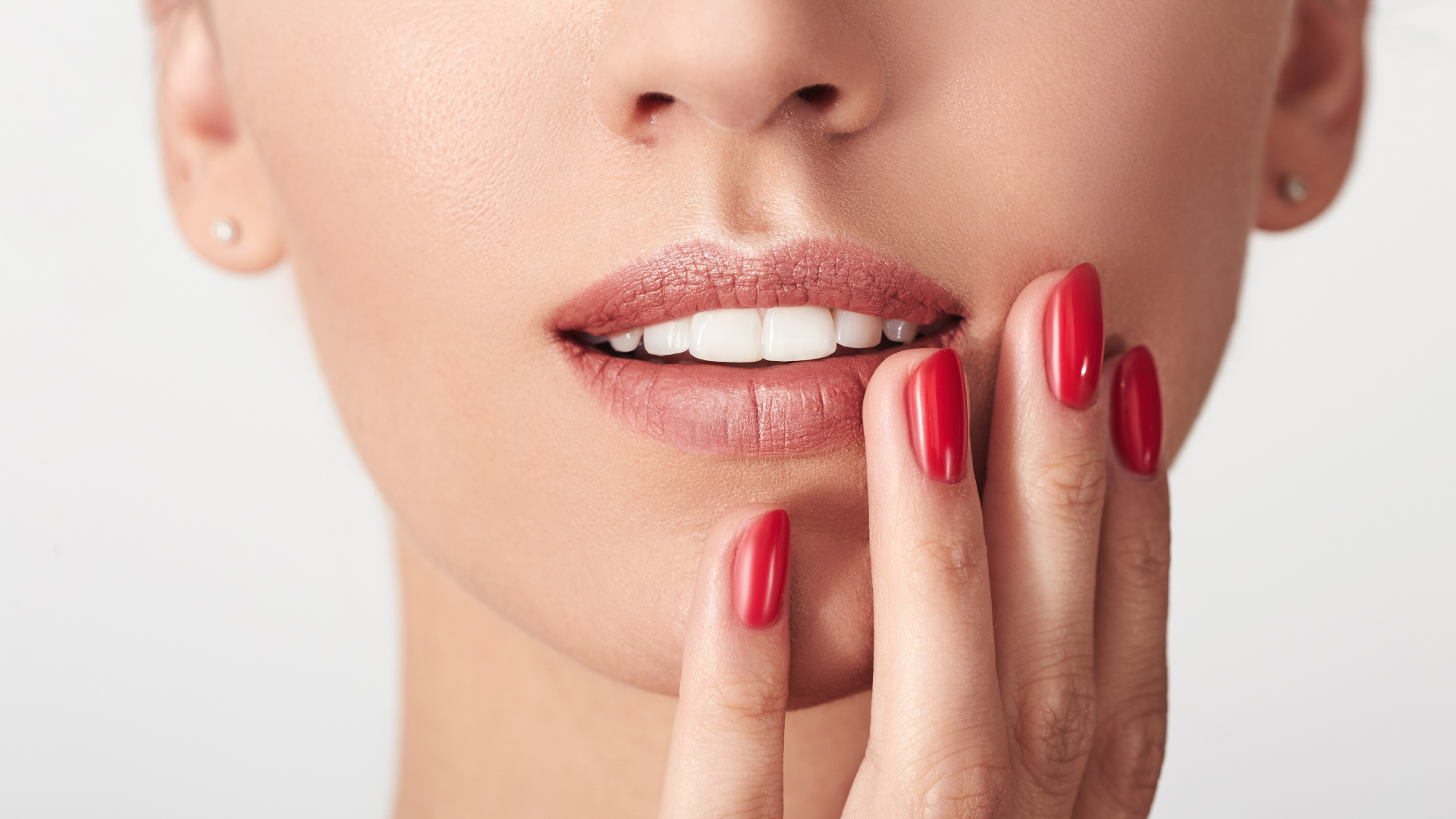
A dental crown replaces a tooth. When a tooth cannot be restored, for various reasons (fragility, devitalization…), a bridge is placed on the neighbouring healthy teeth, and forms a prosthetic bridge of several crowns and reconstitutes a set of teeth completely filling the gap.
The dental crown and the veneer have in common that they are both made of zirconia or ceramic, and are placed on the existing teeth and cemented with a porcelain cement. When the tooth is still almost whole, but only chipped or discoloured, a veneer can be sufficient, especially when it is the front teeth, less solicited by mastication. With the evolution of dental techniques, and to answer certain cases, some dentists can propose to make crowns-veneers, ceramic pieces halfway between the crown and the dental veneer.
The inlay is a metal piece that fills a cavity located on an inner wall, while the onlay will cover the tooth to fill one or more cavities located on the outer sides. In these 2 cases, the composite used is less resistant than a crown to mastication and its life span is shorter. In these cases, it is better to use a zirconium ceramic crown, which lasts much longer (10 to 30 years) and has strong biting and chewing capacities. When a tooth is too damaged to receive a crown, an inlay-core, mounted on a post that fits into the root, is preferred. If the tooth is too devitalized and the root is too weak, a titanium implant will be fixed in the jawbone and a crown will be screwed onto this implant, a more solid and durable solution. The dental clinics chosen by Body Expert use Straumann implants, a biocompatible material with a lifetime guarantee. However, implantology requires two appointments, at least 2 months apart, to ensure proper healing and bone integration before the final crown is placed.
There are different types of dental crown. It can be made of metal, ceramic or ceramic-metal. The choice of material will be made, with your dentist, according to your dentition, your budget, and your aesthetic preferences. For aesthetic reasons, but also because of its solidity, ceramic has become the preferred material for dentists, especially with the appearance of zirconia, which makes it possible to obtain an excellent, aesthetic and long-lasting result at a reduced cost. When the occlusion (height of the original tooth) is too low, metal may be preferable. And for a crown with inlay-onlay, the ceramic-metal solution will be prescribed.
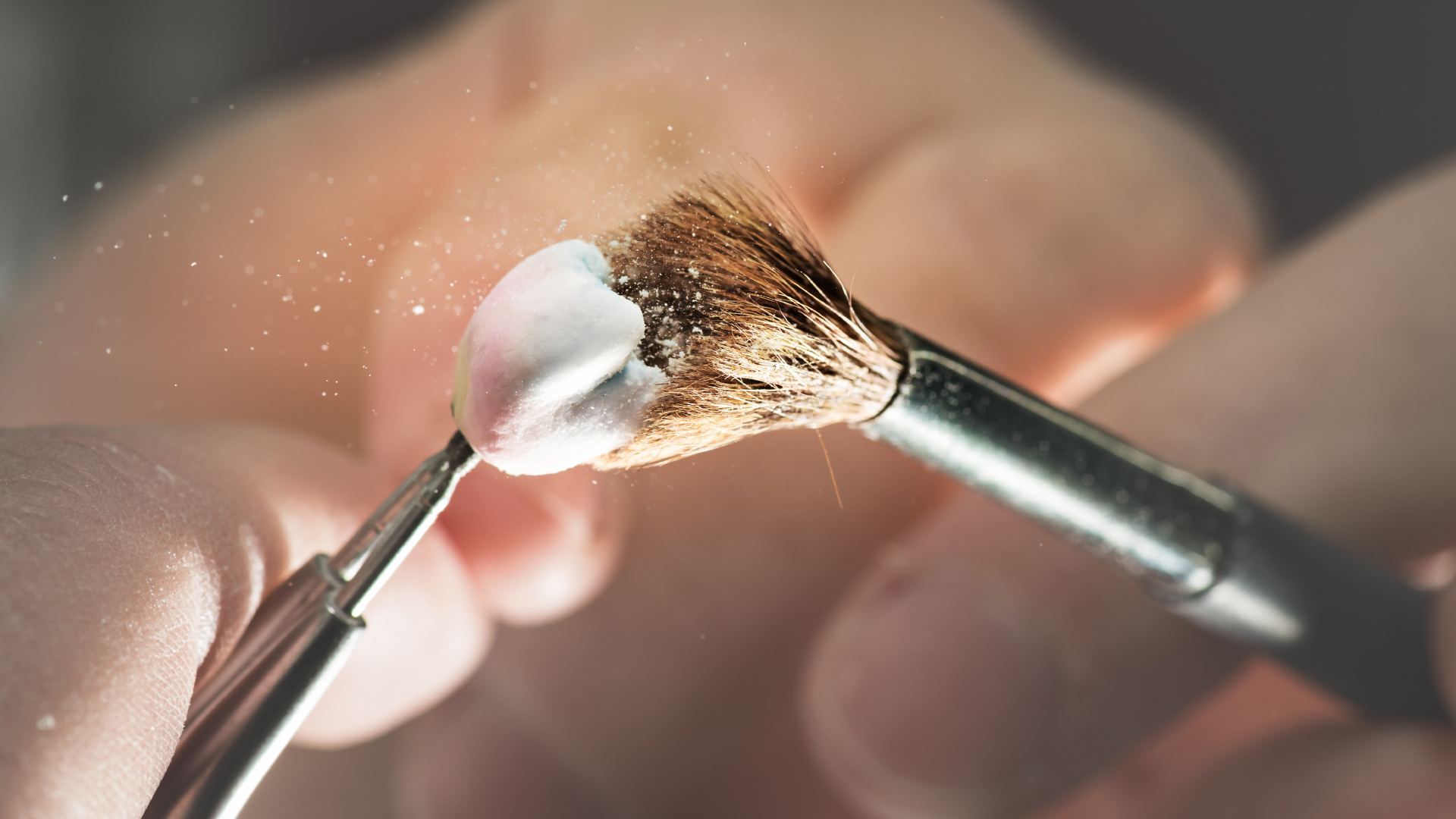
Body Expert offers the best in dentures. To guarantee strength and aesthetics, our dental technicians have made the following choices. Our crowns are made of zirconia with Emax finish. Zirconium oxide ensures the best possible resistance today and 7 layers of Emax will be applied by hand to obtain a natural look
Ceramic dental crowns have brought a tremendous progress in dentistry: solid, natural-colored and made of translucent material resembling enamel, they allow us to have strong, durable and aesthetic teeth. Now, thanks to the mastery of new ceramic materials, dental laboratories have created ceramic-ceramic crowns, without metal frameworks (unlike metal-ceramic crowns), which can therefore be used with a structural ceramic (zirconia) inlay-onlay, with a manual finish in Emax (the ultimate in dental crowns). Thus the crown is translucent and looks like a natural tooth, allowing it to blend in with neighbouring healthy teeth, adopting the same colour, and with perfect bio-compatibility: no allergy to metal or risk of corrosion, no interaction with other restorative materials (bimetallism). All of this, with a high resistance and a perfect long-term stability. Since the ceramic crown procedure uses CEREC technology (for CEramic REConstruction), and uses computer-aided design (CAD) and computer-aided manufacturing (CAM), each crown can be made individually, or on short bridges, and no transition is visible at the gum line. However, good oral hygiene is required for the longest possible life (20 to 30 years).
Composed of two distinct materials, with a metal alloy base (also called framework) and a ceramic shell reconstituting the original tooth, its ability to adapt to many dental configurations makes the porcelain fused metal crowns one of the most widely used techniques in dental clinics, especially when the patient needs inlay-core or inlay-onlay. It is also very resistant, but when the gums recede and resorb over time, its metal base is revealed, making it unsightly.
Known and used for more than a century, the metal crown, made of stainless steel (gold, silver, platinum…), is very solid and affordable, but its visibility is a drawback. It is still often used by dental crown dentists, especially for patients with limited budgets and without health insurance, and for the treatment of posterior molars, which are less visible. Advantage : their costs can be fully covered by the National Health systems.
The most economical dental crown is also the one that wears out the fastest, especially during chewing and brushing. The dental crown dentist uses it most often as a temporary crown, while waiting for the final ceramic crown to be placed.
A first appointment with your dentist allows us to analyse the type of dental crown best suited to your case, and the material used. A preparation of the tooth to be treated with grinding and regularisation of the walls for a better parallelism with the neighbouring teeth, will be carried out for an optimal adaptation with the prosthesis-crown. The tooth is then moulded and sent to the dental technician who will make the custom-made dental crown. The dentist will then glue a temporary resin crown before the second appointment for the installation.
This second appointment, usually between 10 days and two weeks after the first, is reduced to 4/5 days for a dental trip to Turkey, in order to complete the operation in one stay. If the patient’s dental situation requires it, specific treatments (prophylaxis, dental caries care, root canal treatment, etc.) will be performed before the final installation of the dental crown.
Once the dental crown is custom-made by the prosthetic laboratory, it will be prepared, tried on, and then bonded with a specific cement to the previously trimmed tooth. Each crown placement will be carried out with the installation of an operating field, so as not to touch the neighbouring teeth, the preparation and application of the various bonding products, and finally the finishing touches (polishing…). A control (aesthetic and functional) will be done before the final bonding. For each tooth, it is necessary to count approximately 1 hour of installation per dental crown. The operation is not painful, but can be done under local anaesthesia, for a better comfort of the patient.
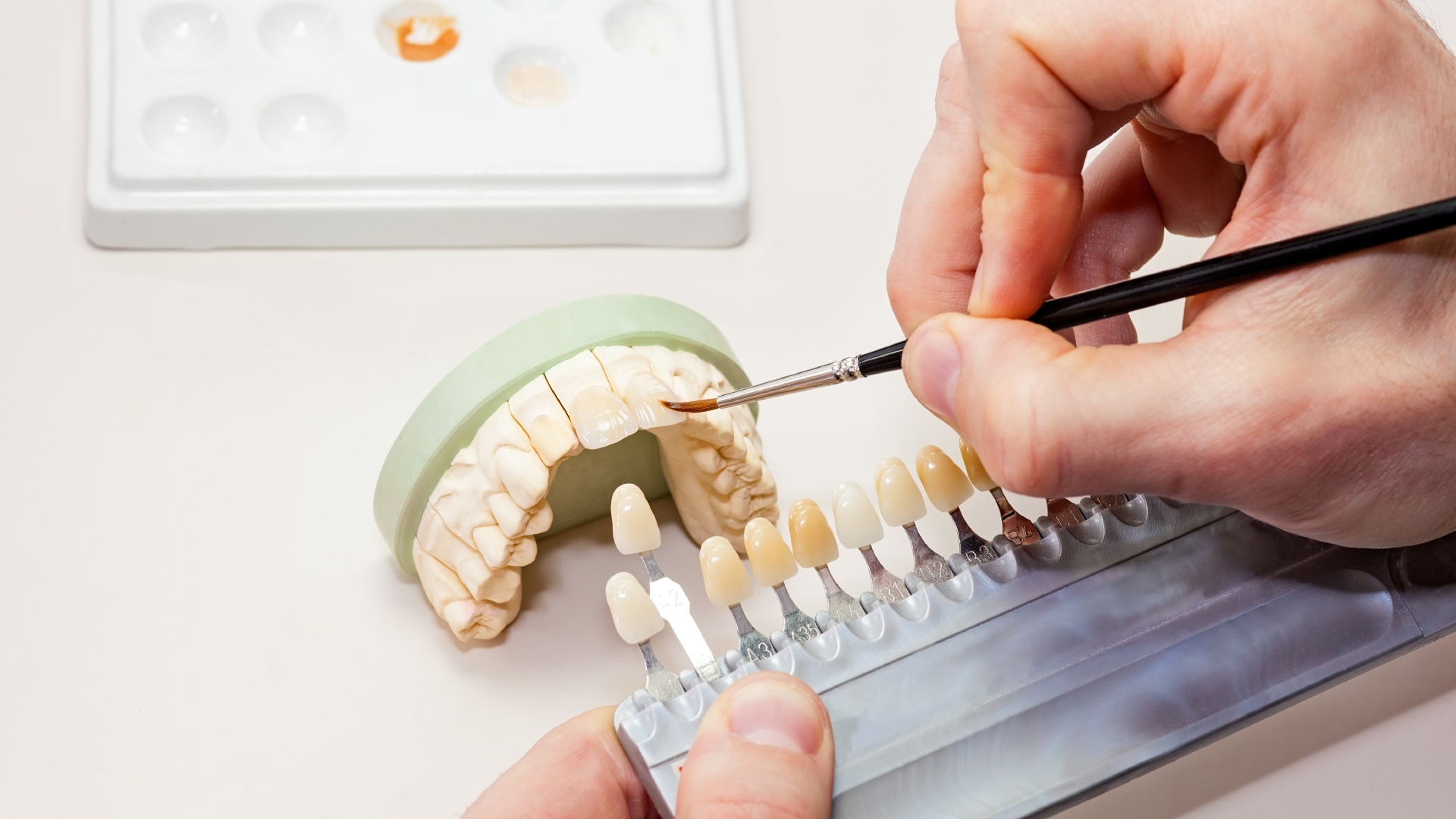
When a crown is well made and in adapted material, it integrates perfectly by its functioning and its estheticism with the dentition of the patient. If the receiving tooth has been properly prepared, there is nothing to fear: an infection under a crown comes from the tooth stump that supports it, not from the crown itself. The signs of infection are therefore identical to a natural tooth: pain, inflammation, swelling, fistula revealing pu… At the slightest of these alerts, and if the pain lasts more than 48 hours, it is important to use a painkiller (paracetamol…) and consult a dentist asap.
With good oral hygiene, an adapted brush and a non-aggressive toothpaste, and by paying attention to its consumption of coffee, tea or tobacco, and of course sugar, dental crown problems can be avoided and can last at least 10 years, even 20 to 30 years. Over time, a crown can become less watertight (bacteria creeping in between the tooth and the crown), and less solid (microscopic cracks). After ten years, it is advisable to consult your dentist to consider a possible replacement. By any case, dental crowns require special care.
Since a crown is not a removable prosthesis, there is no reason to remove it, except in case of discomfort or a fall. In this case, it is necessary to replace it. Especially since plaque and tartar retention will be less on a new crown, with a shape and margins adapted to the patient’s gums, which evolve and may shrink over the years.
If a crown breaks or falls out, it is important to retrieve it and keep it safe until you have a quick appointment with your dentist. Temporary dental crown bonding kits are sold in pharmacies, but are not recommended by most dentists. The important thing is to clean and preserve the original tooth, without chewing on it or exposing it to different temperatures, and to consult your dentist as soon as possible, who will be able to proceed with the bonding or replacement of the dental crown in question.
https://www.sciencedirect.com/science/article/abs/pii/S0109564117307121
https://www.sciencedirect.com/science/article/abs/pii/S0010482512000200
https://www.sciencedirect.com/science/article/abs/pii/S0167577X19316283
